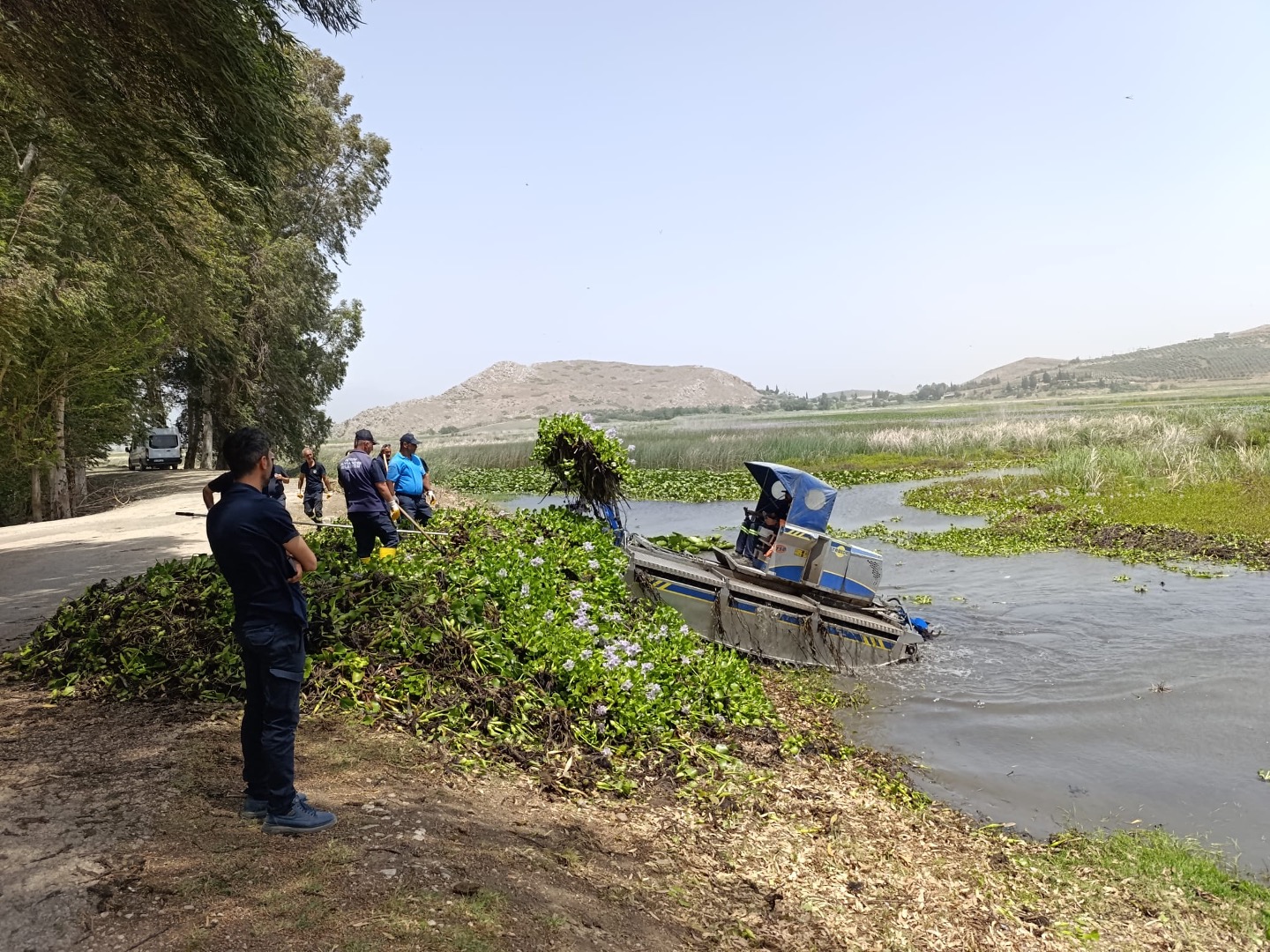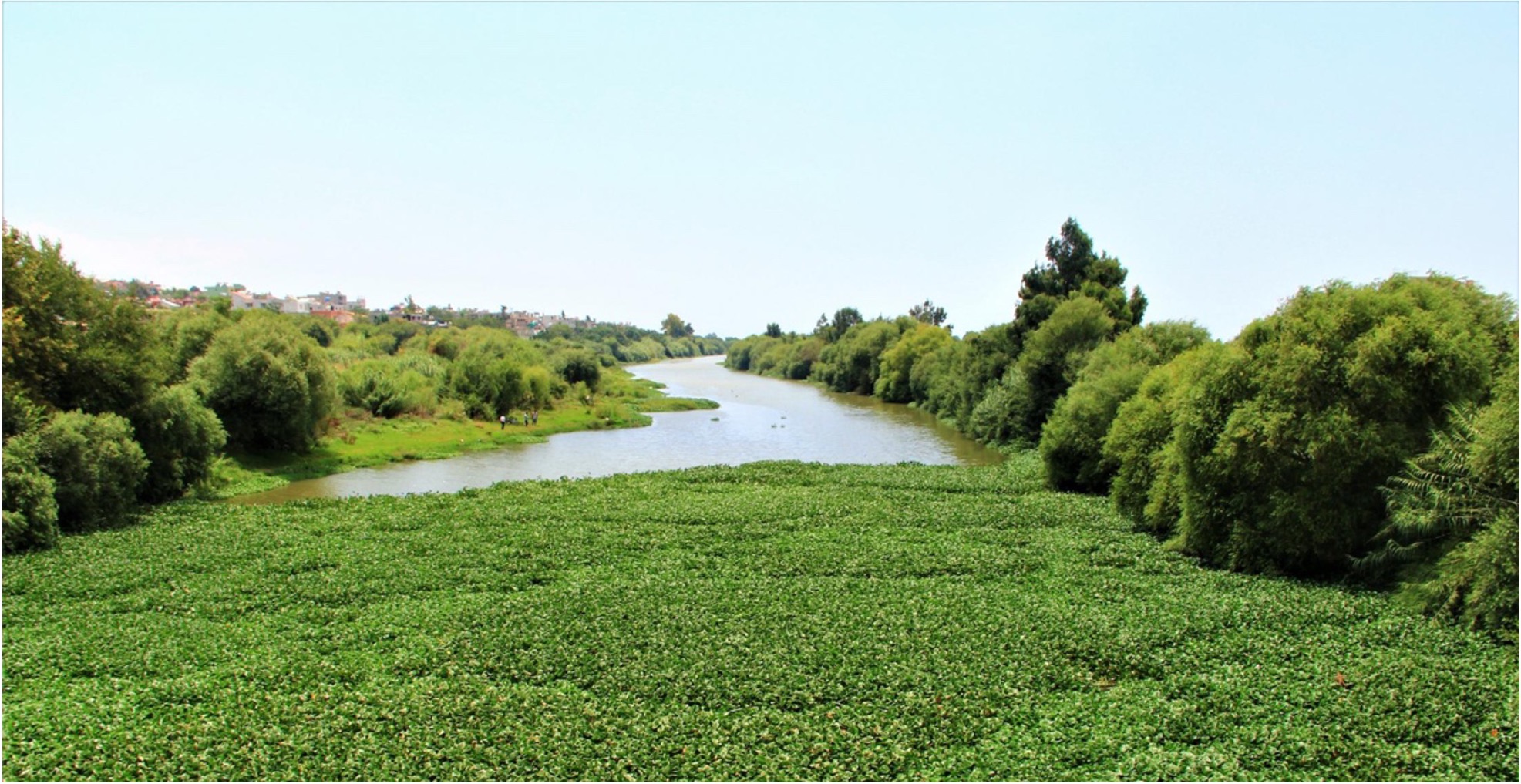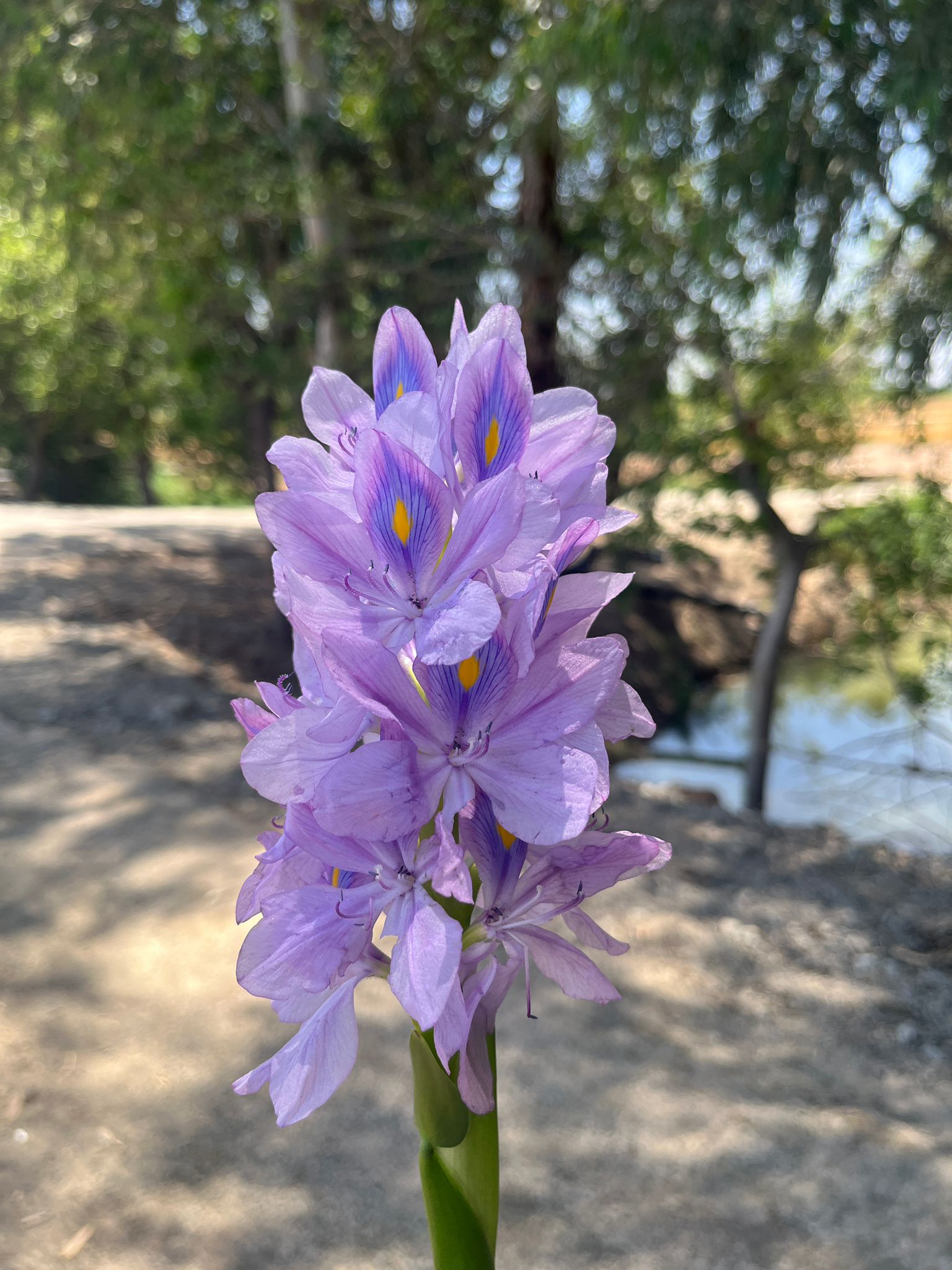Our Projects
Current Projects
Asi River and Kırıkhan Gölbaşı Lake Rehabilitation and Contribution to the Local Economy through Water Hyacinth Recycling
2025–2026, Hatay/Kırıkhan and Asi River Basin
The Asi River and Kırıkhan Gölbaşı Lake are facing serious environmental and socio-economic threats due to the rapid spread of invasive water hyacinths and increasing levels of pollution. Protecting the Asi River—the second richest basin in the Mediterranean ecosystem in terms of endemic fish species—is of critical importance for safeguarding the region’s unique biodiversity. Damage to sewage infrastructure following the earthquake, reduced rainfall, and rising waste loads have significantly increased pollution in both the river and lake ecosystems. This situation now threatens not only aquatic life but also public health. Moreover, the Asi River’s direct outflow into the Mediterranean Sea has adverse impacts on marine ecosystems as well.
Clean-up operations carried out by Hatay Metropolitan Municipality have demonstrated that physical intervention alone is not sufficient; a long-term, holistic, and sustainable ecosystem restoration model is needed. Within this framework, the project introduces an innovative development model that transforms environmental remediation into value-added production, creating employment opportunities for women, revitalizing the local economy, and fostering social transformation. Recycling water hyacinths into raw materials that are then turned into handicrafts and economic products by women provides a powerful example of combining environmental restoration with social benefit. Training in design and production not only preserves local craft traditions but also encourages children’s participation, supporting intergenerational knowledge transfer. Through ecological awareness, community involvement, and sustainable production practices, the project contributes to the preservation of cultural heritage and the long-term well-being of the local community.
The efforts at Kırıkhan Gölbaşı Lake are critically important for revitalizing the lake’s natural structure, protecting aquatic life, and creating a safe stopover for migratory birds. To date, 194 bird species have been recorded in this area, meaning that any negative impact directly affects global migration routes. Thanks to ongoing clean-up and rehabilitation activities, the lake will breathe again, contributing to the conservation of biodiversity not only regionally but also globally.
The Asi River is home not only to birds but also to a rich diversity of fish. The African catfish (Clarias gariepinus), widely consumed by the local population, and the endemic species Capoeta barroisi (known locally as Zerzuri), unique to Hatay, are of vital significance for both the ecosystem and the regional economy. Therefore, the restoration efforts in the river and lake represent a major step forward in protecting fish populations and promoting sustainable fisheries.




